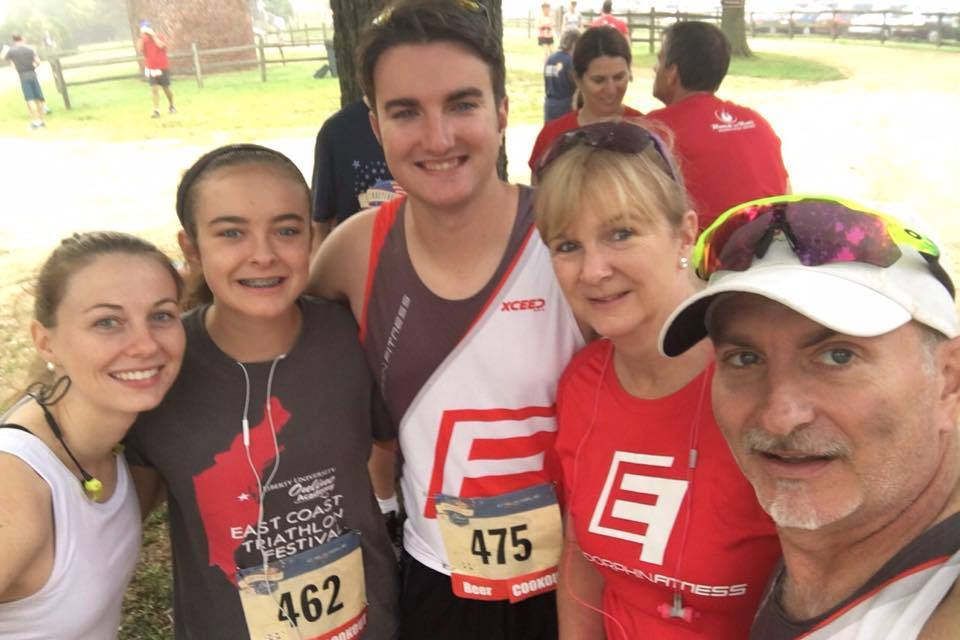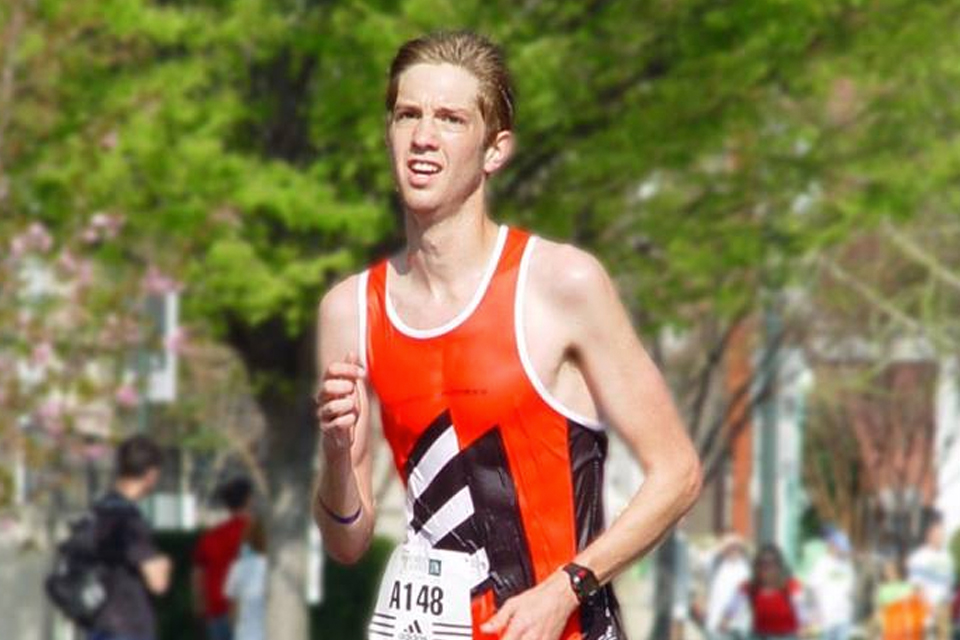

To view this message on YouTube, click here!
Simply, the guidelines are 300-400 calories when cycling, and 200-300 calories when running. Calorie tolerance is a little lower when running because running utilizes more muscle mass then cycling does, so more blood is shunted from the digestive system to the working muscles to supply them with vital oxygen needed for energy production. These calories should be in the form of carbohydrates, which are formed by combining glucose and other sugar molecules in various ways.
The muscles store glucose in the form of glycogen, which is broken down when needed to provide energy during exercise. Unfortunately, we do not store glycogen in nearly as great a quantity as fat, so unless you are working at VERY low intensities, you will run out of stored glycogen in around 2 hours at best, and even shorter if you are working harder! When we are out of stored glycogen, we stumble (literally) upon the dreaded bonk. Bonk = no more fuel. Our brain will not allow us to continue exercise through a bonk.
I strongly recommend implementing a race-worthy nutrition plan in training workouts and never trying something new on race day. Additionally, even in short course racing, you can benefit from exogenous carbohydrate supplementation! When training and racing, we love carbohydrates-our muscles were made to love them! That being said, everyone is different and while Tailwind makes me feel unstoppable on a bicycle, I know people who will choose other options over Tailwind. Finally, not all snacks are equal.
Erin Horil
Coach
Endorphin Fitness





